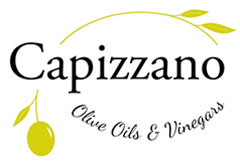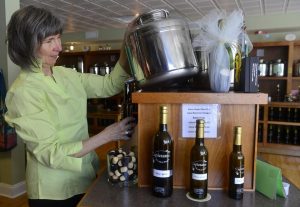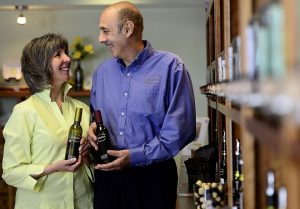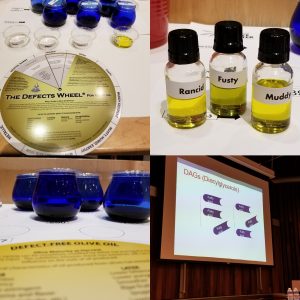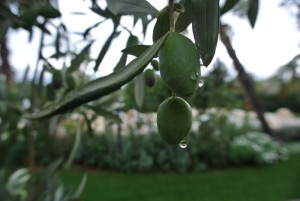Thank You Ann for an awesome article to help people learn more about our mission and passion. Suzanne and Stephen Capizzano
https://www.theday.com/business/20180525/passionate-about-olive-oil
When you stop in to visit let us know where you heard about us.
We are five years old now on Coggswell Street in Pawcatuck CT. Stay tuned for our Anniversary Celebration.
